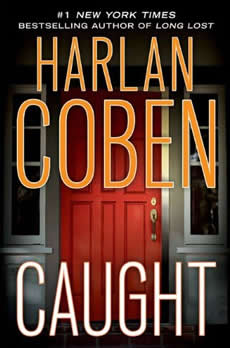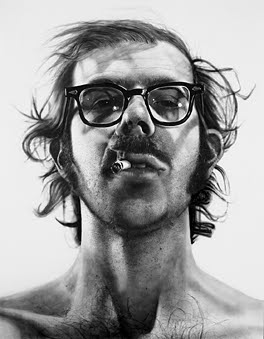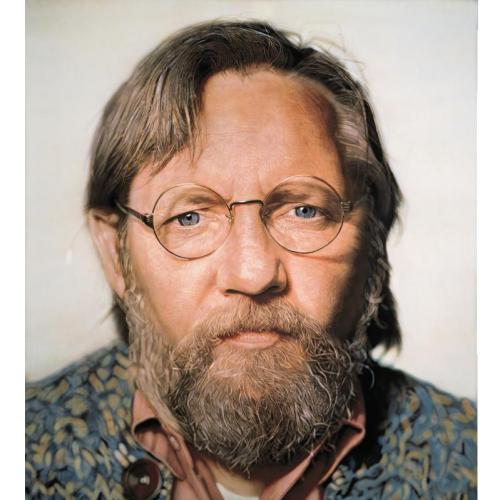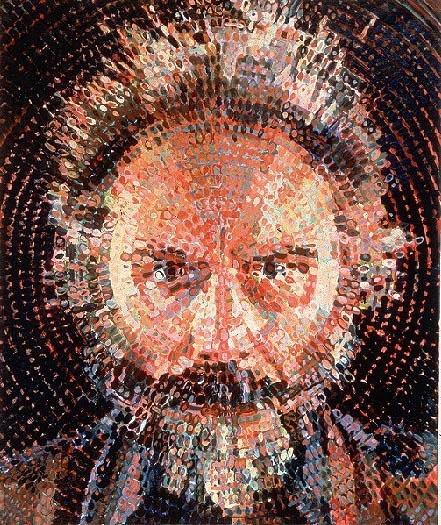
I've been to a lot of cool events in my life, but until Saturday night, never to a final round game in any sport.
Playoff games, yes. Cubs, Bulls, Bears and Blackhawks. Even the 2003 MLB All-Star Game. But never a World Series, NBA Championship, Super Bowl or Stanley Cup.
So I was pretty psyched when I was able to purchase a ticket to Game 1 of the Stanley Cup Finals through Ticketmaster back when the Blackhawks were still in the second round of the playoffs. And even more psyched when the Hawks actually made it to the Finals.
Although I had a party planned for Saturday night (unrelated to the Hawks), I switched it to Sunday night, and geared up (in my Kane 88 jersey) for a nice, low-scoring Stanley Cup Final game.
And wound up attending a game that was tied 5-5 after two periods, had the Hawks go ahead 6-5 on a Tomas Kopecky goal 8:25 into the 3rd Period and then hold on for the victory.
Certainly it was pretty exciting, but I really can't say "the electricity in the air" before and throughout the game was any more palpable than during a sold-out regular season game. I'm not sure what I was expecting, and any Hawks game is a pretty raucous affair, so I'm not saying that there was an energy shortage in the United Center.
But somehow it just seemed like a great game to be at, but not necessarily all that transcendent.
As with all Hawks games, there was a pre-game video montage that runs much, much too long. It's about 10 minutes or so. Long enough to get you to the edge of your seat, and back down, edge of your seat again, and back down again. Not ideal for sustaining a true fervor.
And while the National Anthem with the fans roaring throughout was quite loud, and gave me goose chills, it didn't seem any louder than for less pivotal games. And perhaps it was because the Hawks kept giving up goals, even after scoring to take the lead at various points, that the crowd boisterousness didn't fully sustain itself until after Kopecky's goal and through the end.
Don't get me wrong. I'm very glad I went and had a great time. And I'm thrilled the Hawks won and hope they can take the Cup. But it definitely wasn't like what a Cubs World Series game feels like in my imagination. And I'm not buying a seat on Stub Hub for today's game, or even wishing I could. TV will be just fine.
Here's a video I shot of the National Anthem:
Some photos from the night:
Michael Jordan statue with a Jonathan Toews jersey and ice skakes
Stan Mikita signing autographs before the game; I was too late to get one.
The Opening Face-Off
Savard, Esposito, Mikita and Hull in the house (and on the scoreboard)
Near the end of the 2nd Period
Video of the Celebration of Kopecky's goal, which proved to be the game winner (featuring Chelsea Dagger by The Fratellis)
The Final Score
The Hawks Leave the Ice, Victorious























































